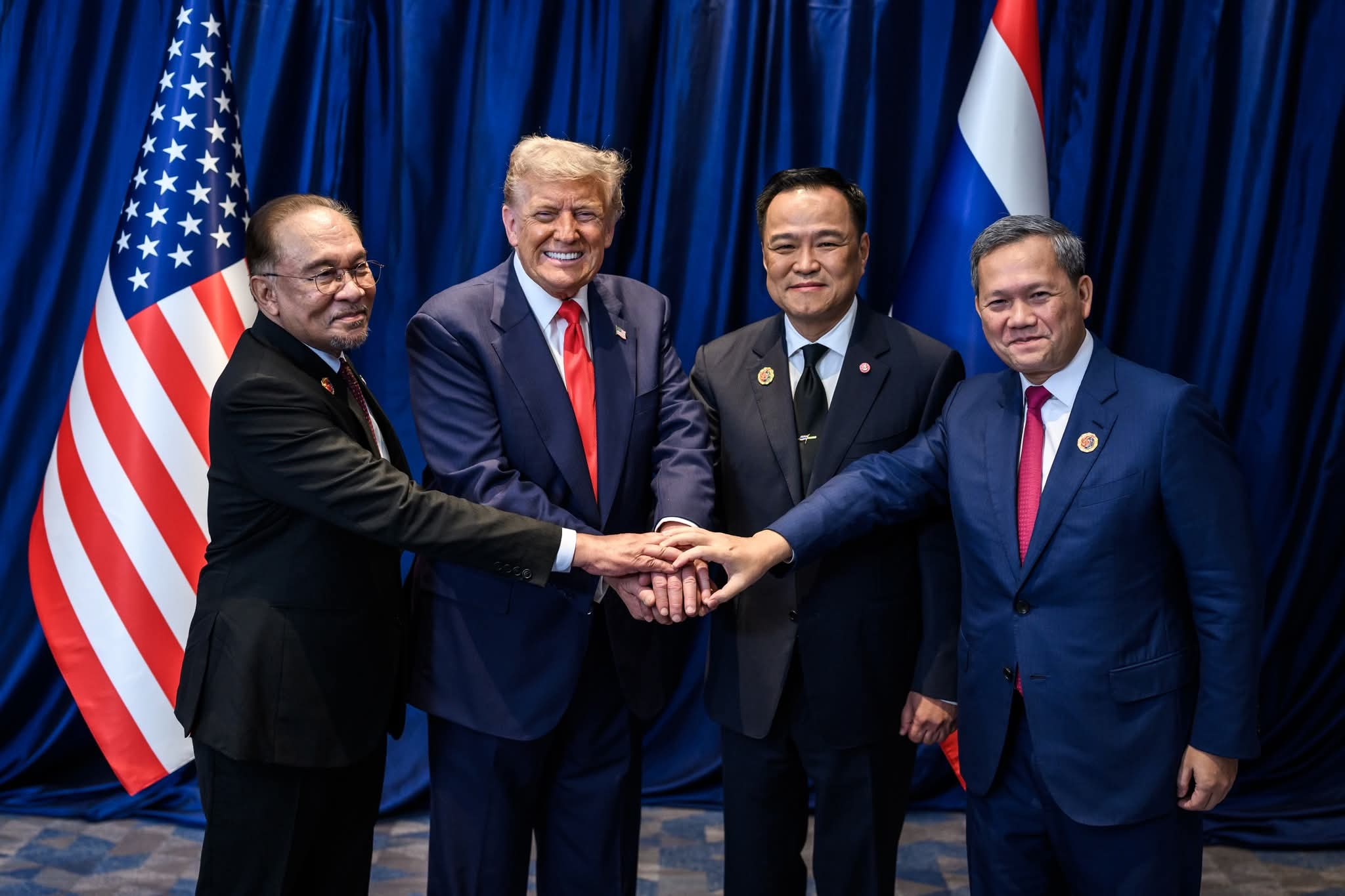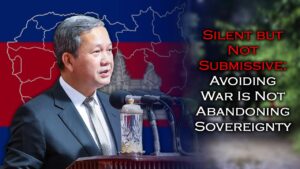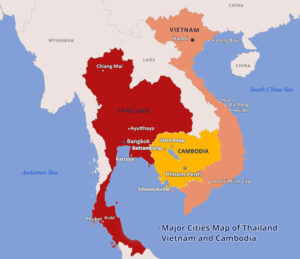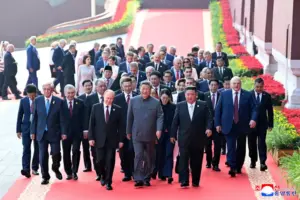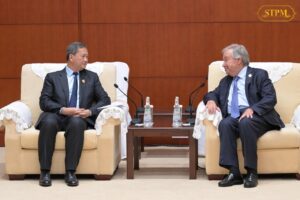The Cambodia–Thailand Kuala Lumpur Peace Deal: A New Strategic Step for ASEAN in Strengthening Regional Security
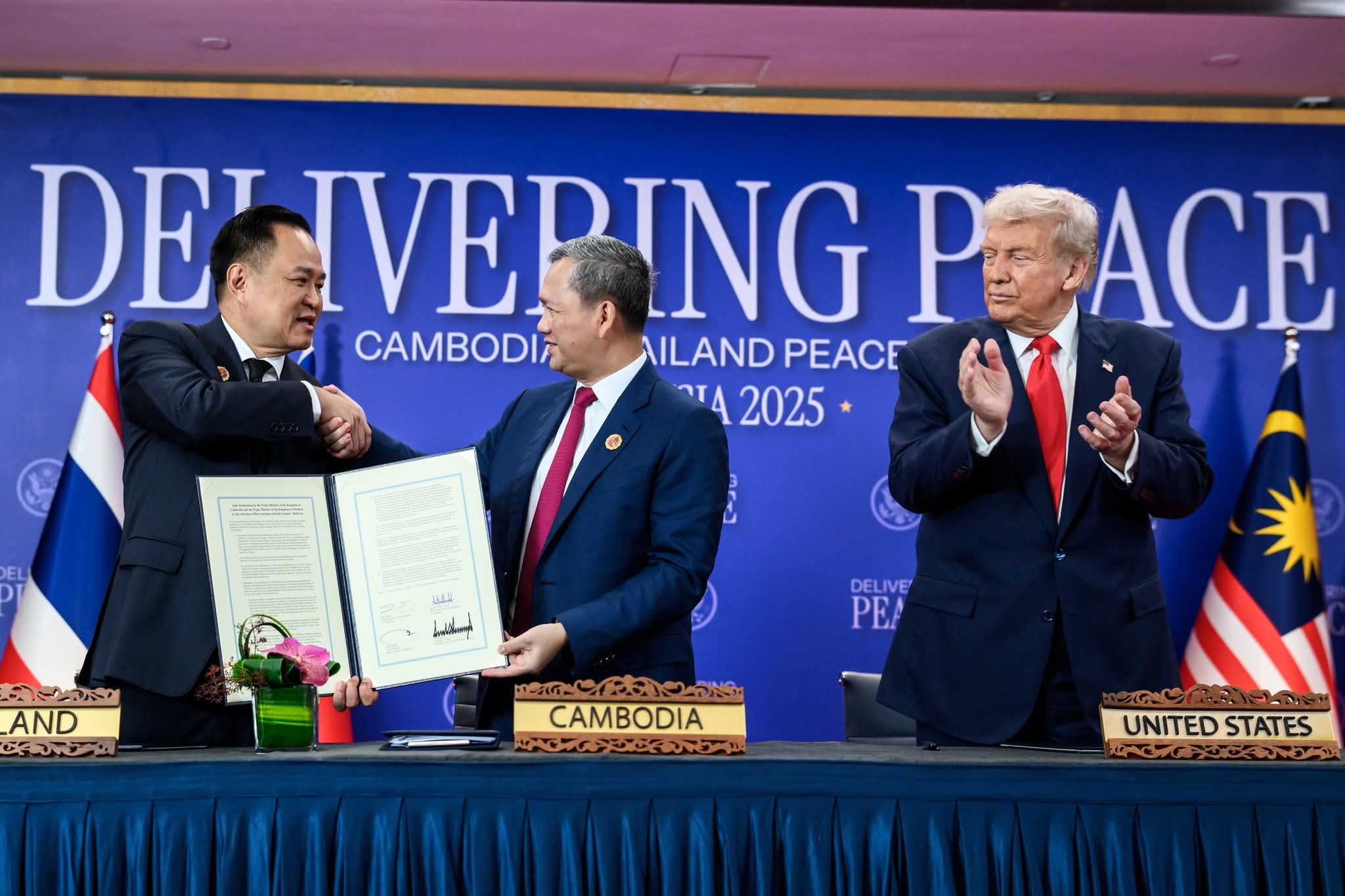 President Donald Trump, Malaysian Prime Minister Seri Anwar Ibrahim, Cambodian Prime Minister Hun Manet, and Thailand’s Prime Minister Anutin Charnvirakul sign the Kuala Lumpur Accord Sunday, October 25, 2025, at the ASEAN Summit in Kuala Lumpur, Malaysia. (Official White House Photo by Daniel Torok)
President Donald Trump, Malaysian Prime Minister Seri Anwar Ibrahim, Cambodian Prime Minister Hun Manet, and Thailand’s Prime Minister Anutin Charnvirakul sign the Kuala Lumpur Accord Sunday, October 25, 2025, at the ASEAN Summit in Kuala Lumpur, Malaysia. (Official White House Photo by Daniel Torok)
The Cambodia–Thailand peace agreement on October 26, 2025, in Kuala Lumpur—witnessed by the President of the United States and facilitated by the Prime Minister of Malaysia—is not an ordinary peace document. Rather, it is an agreement of profound political and international strategic significance. It can be said that this accord reconciles severe political tensions in Southeast Asia.
The reaffirmation of commitments to strengthen peace and renounce the use of force is an official sign that Thailand has agreed to abandon a military approach, instead shifting toward diplomacy and reconciliation. In fact, any peace agreement aims at ceasefire and mutual acceptance of solution principles without framing any side as winner or loser. However, the world clearly sees this as a significant political move that can be considered a major diplomatic victory for Cambodia, since Thailand has accepted the peace principles that Cambodia pursued early on. Prime Minister Hun Manet had chosen the path of peace and international law to resolve the Cambodia–Thailand border conflict from the moment armed clashes erupted—clashes seen as triggered by Thailand’s ambition to violate Cambodian sovereignty.
Thus, using ASEAN mechanisms as a conflict-management platform and granting authority to the “ASEAN Observation Team (AOT)” has shifted the balance of power in the region from military confrontation toward peaceful regional community solutions.
The historic signing of the peace agreement—with the ASEAN Chair coordinating practical peace monitoring, and the unprecedented involvement of U.S. President Donald Trump as witness—marks a first in ASEAN’s history since its establishment in 1967.
In other words, Cambodia has become the first nation to reshape ASEAN’s image from a body dealing only with politics, security, economy, social and cultural affairs, and external relations, into an organization actively resolving interstate conflict. More importantly, this agreement demonstrates that ASEAN has approved the formation of the “ASEAN Observation Team (AOT)” with support from all member states to monitor the conflict area on the ground. This is a proactive step, proving that ASEAN is no longer merely a discussion forum, but an action-oriented platform—advancing ASEAN’s political-security capability to a new level today and for the future.
The agreement emphasizes respect for sovereignty and territorial integrity, which aligns with Cambodia’s foreign policy foundations. It obliges Thailand to acknowledge that border demarcation must follow established legal frameworks grounded in the spirit of JBC, GBC, RBC, and other agreements—not sentiment driven by nationalism or military leverage. This strengthens Cambodia’s position in legal diplomacy.
For Thailand, the declaration signals the need to step away from warlike ambitions and return to stability, economic solutions, and cooperative partnerships with Cambodia. Provisions on cooperation and information-sharing as confidence-building measures show that Thailand recognizes how the loss of peace would impose severe economic consequences.
Furthermore, the participation of the U.S. President and the Malaysian Prime Minister as witnesses symbolizes that the Cambodia–Thailand peace issue is not merely bilateral, but also regional—potentially affecting U.S. political interests in preserving global and ASEAN stability amid evolving geopolitical balances. This agreement could form the basis of a future “ASEAN–U.S. Peace Framework” to restrain great-power competition in the region.
In deeper context, the Kuala Lumpur peace declaration ends the map-based dispute rooted in Cambodia’s reliance on the French-Siam maps (1904–1907, 1:200,000 scale) deposited at the United Nations, while Thailand relied on unilateral 1:50,000 maps—historical sources of conflict fueled by Thai nationalism. Mutual recognition of historical legitimacy and the restoration of trust creates a new pathway toward real peace.
The Kuala Lumpur Peace of October 26, 2025 is not only an official document, but the beginning of a new peace doctrine for ASEAN. It indicates that Thailand has been guided to step back from aggression and may partially restore its international image. Cambodia, on the other hand, has demonstrated wisdom in choosing diplomacy and international law over weapons to end this historic, turbulent conflict. This can be described as “Cambodia winning a war through peace.”
By: Pin Vichey – Political Science Scholar
